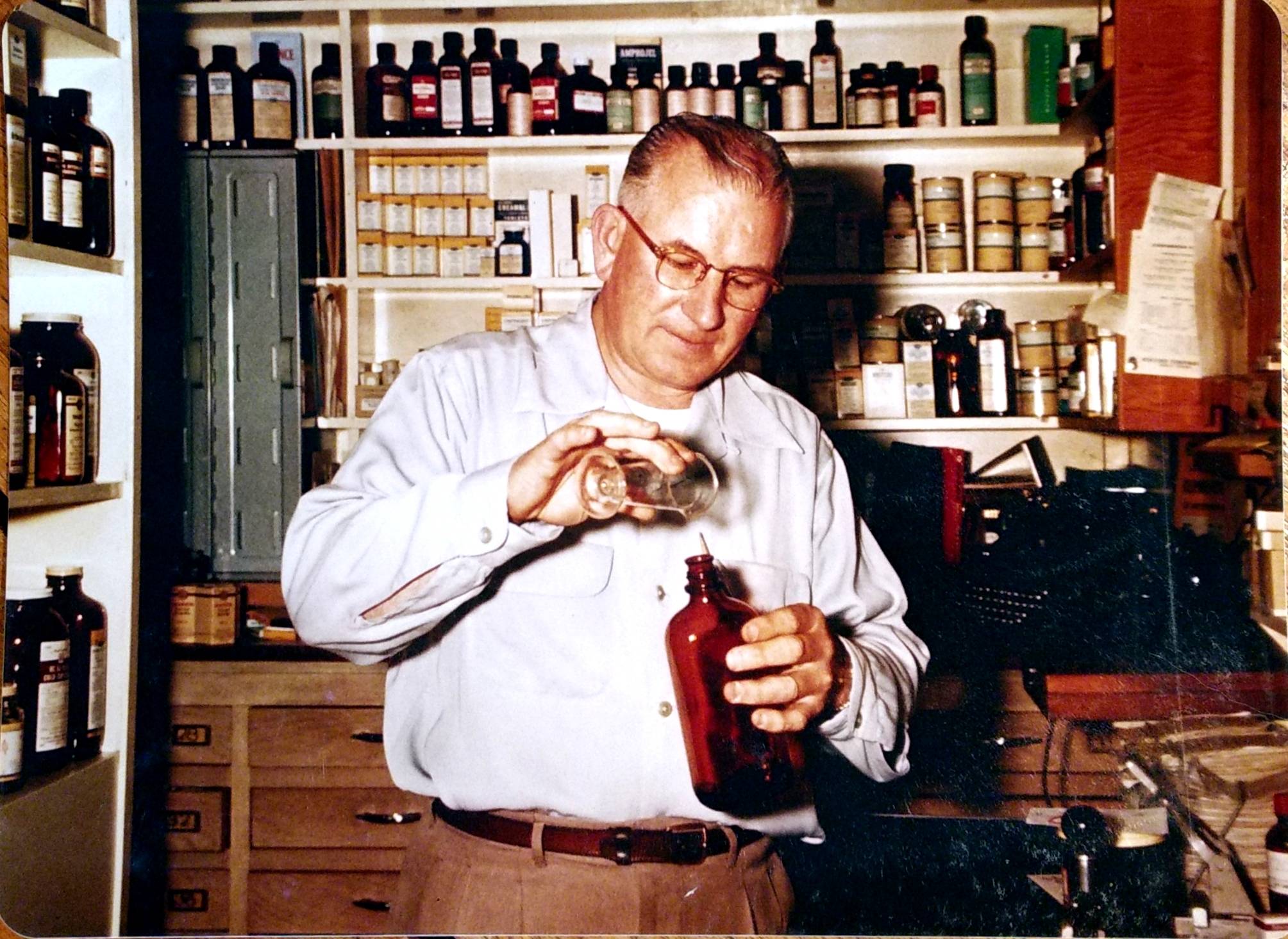By the end of the Great Depression in the 1930s and World War II, many Rotary clubs worldwide had disbanded and had lost a lot of members. A remnant of The Manila Rotary Club met and conferred an Honorary Membership on General Douglas MacArthur.
Clubs in France, Belgium, the Netherlands, Norway, Singapore, Hong Kong, Shanghai, Rangoon, Athens and Czechoslovakia were re-admitted and re-activated.
The Rotary Club of Sequim was about 30 members strong.
The passing of Rotary founder Paul Harris inspired the Rotary Foundation award referred to as the Paul Harris Fellow. Any Rotarian who has contributed $1,000 to the Rotary Foundation becomes a Paul Harris Fellow.
One of the many things the foundation does is assist clubs worldwide in implementing humanitarian projects internationally by matching funds raised at the local level.
These humanitarian projects include clean water, sanitation, maternal health initiatives to name just a few.
In the 1950s there were more than 55,000 cases of polio in the U.S. each year and more than 500,000 world-side.
One initiative recently celebrated is “Polio Plus,” which has, after almost 35 years of working together with non-government organizations, country leaders, and charitable organizations like the Gates Foundation, has succeeded in eradicating the wild polio virus!
The final push is on to monitor areas that have had any reported cases for three additional years to be able to declare polio as 100 percent eradicated.
Rotary International has been historically the major funder of polio vaccines, iron lungs, mass production of vaccine and international distribution. That’d led to a reduction in polio cases from more than three million cases of polio every year to today’s numbers of less than 20 cases in just three countries.
Rotarians were the first public delegates admitted to the United Nations to finish the drive to lead the world to complete polio eradication forever. Polio vaccines have now expanded to cover additional diseases for the world’s children.
In the late 1950s, The Rotary Club of Sequim — under the leadership of President Douglas “Bud” Frick, Frick Drug pharmacist — began a 25-year-long project of marketing “The Community Calendar,” which many long-time Sequimites will remember.
Before the years of social media, community members would purchase the opportunity to include family member’s birthdates, wedding anniversaries and other significant events on the calendar. Then individuals could purchase the calendars to display in their places of business and their homes.
I remember as a kid it always hanging in the kitchen. It was always so interesting to look at the beautiful photos of our local area, and to read who was having a birthday or anniversary each month.
Editor’s note: This is the third in a series of nine articles highlighting the Rotary Club of Sequim, whose byline is, “People of Impact.” Club members plan to celebrate its nine decades of community service through the remainder of the year culminating with a Celebratory Tea on June 18 (at Pioneer memorial Park, 387 E. Washington St.), to which all former members, members’ spouses, exchange students and others will be invited.



